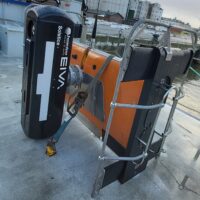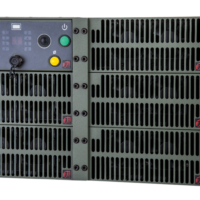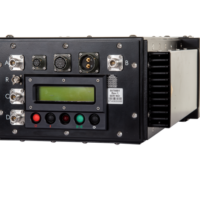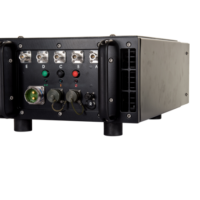Remote-Controlled bombs, known in military parlance as Improvised Explosive Devices (RCIEDs), have long been a favourite insurgent weapon. The Provisional Irish Republican Army, and other insurgency movements in Northern Ireland, pioneered RCIEDS from the 1970s onwards. The use of such weapons gained further prominence during recent US-led interventions in Afghanistan and Iraq. Insurgents in both theatres adopted RCIEDs to attack Coalition forces.
A favourite tactic was to deploy RCIEDs activated by radio transmissions. This was attractive as a plethora of remote-controlled or wireless systems could be easily purchased locally and commercially. A skilled insurgent would employ these devices as IED triggers. Cellphones proved the most popular trigger, but an array of other civilian systems were used to this end. Baby monitors, remote-controlled garage door openers and radio-controlled toys were just some of the systems pressed into use as RCIED triggers.
The bomb maker would purchase a cellphone, most probably a pay-as-you-go system, to avoid leaving a paper trail concerning the phone’s buyer. The cellphone’s subscriber identification module card would have a number and the phone would be connected to the bomb’s firing circuits. When the cellphone received an incoming call, it would produce an electric current. The current would be routed to the firing circuits and the bomb detonated.
The attraction of using a cellphone is that it offered a degree of precision. The bomb would not be activated unless the attacker called the number of the phone attached to the device. The attacker could thus overtly or covertly observe where the attack would occur from a safe distance. When the target came within lethal range of the bomb, they would dial the cellphone’s number and the weapon would detonate. Even if the attacker was directing the attack from a crowded location, for all intents and purposes, they would look like just another person making a call or sending a text message.
Jamming Tactics
The carnage caused by RCIEDs resulted in a corresponding investment into RCIED technologies to protect bases, vehicles and even individuals. Counter-IED (CIED) systems are built around a jammer which interrupts the radio link between the attacker and the bomb. Jammers may work pre-emptively or reactively: A vehicle or patrol of dismounted infantry moving through a particular area may continually transmit jamming signals from their CIED devices. These will be powerful enough to provide the user with an invisible, protective dome of jamming surrounding them several metres in all directions.
Reactive jamming attacks any device emitting on frequencies expected to be used, or identified, as RCIED triggers. This has the advantage of not impinging on innocent cellphone or radio use while CIED jammers are in the vicinity. This could be particularly important when there is a need to not excessively disturb civilian day-to-day life from a ‘hearts and minds’ perspective. One drawback of some CIED systems was that jamming could prevent one’s own use of radios, cellphones or other radio-dependent devices. As such, smart jamming protocols have been introduced into some CIED jammers. This lets the user continue to send and receive radio traffic on specific frequencies. Meanwhile reactive and/or pre-emptive jamming signals continue to be transmitted outside these thresholds.



















